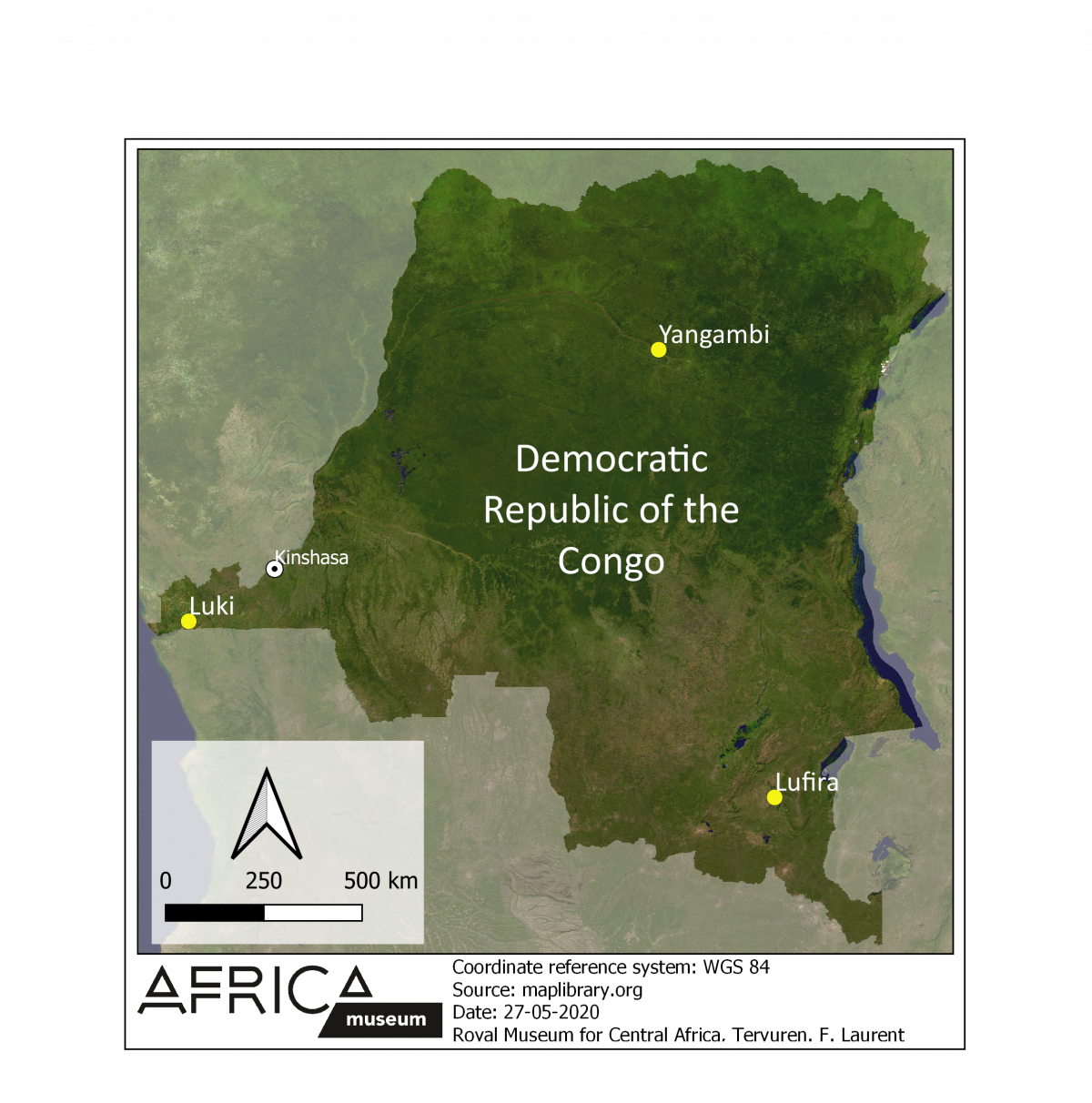Tropical rainforests such as the forests of the Congo Basin comprise nearly half of the world’s vegetation carbon. Intact tropical forests represent a carbon sink at a level that is higher than other vegetation types. The issues of carbon stocks, sinks and sources in tropical forests are therefore a central topic in international policy debates on climate changes. The Congo Basin is also a great source of biodiversity and ecosystem services. Like other tropical forests it combines a key position for mitigating the effects of global climate change with a great potential for economic development. The Man and Biosphere Programme focuses on both aspects: their reserves are living laboratories for research on climate changes, but also encourage development projects for the local population.
This website is part of the PilotMAB-project, that aims to set up research, training and education activities in these reserves, to strengthen their role as models for the combination of nature conservation, sustainable economy and welfare. We hope to strengthen research networks and improve project visibility, specifically for carbon research. PilotMAB research will focus on carbon budget of different forest types, but the website will showcase a wider range of projects in and around the Luki and Yangambi MAB Reserves. We also want to use this platform for the dissemination of training and educational material that is intended for capacity building of African researchers, strengthening the management capacity of the reserves, and translating the research to lesson content for local schools.
This website was made possible by funding from the framework agreement between the Directorate-General Development Cooperation (DGD) and the Royal Museum for Central Africa for the period 2019-2024. To qualify for this funding, the projects need to tackle a development problem. For PilotMAB this is the problem of sustainable economic development that improves livelihoods while safeguarding ecosystems. The degradation of tropical forests has a large negative impact on ecosystem services and increases the vulnerabilities of local people and environments. We need to study the changes and impact of this degradation to support evidence-base management of forests to improve sustainable interactions between humans and these forests.
Furthermore, the development of the present online platform was set in motion with support from the Belgian Federal Science Policy (belspo), through the BiosphereCarbon project. The focus of the project aimed to highlight UNESCO Biosphere Reserves as laboratories for the analysis of carbon storage in tropical rainforest ecosystems.
The RMCA partners with CIFOR's FORETS-project, ERAIFT, and WWF DRC for the construction of the website. These local Congolese institutions and projects will help establishing contact with local actors such as universities, research institutions, secondary schools and government actors, and with stakeholders who aren’t directly involved in the day-to-day activities of PilotMAB. ERAIFT and WWF-DRC are involved in the training and education component of this project, and will benefit from the knowledge produced for facilitation of development and education projects in and around the reserves. CIFOR-FORETS will contribute to the scientific output of PilotMAB, and we will contribute to their scientific objectives. The Botanic Garden of Meise is also involved.
There are two Man and Biosphere Reserves in the Congo Basin tropical rain-forest system. Yangambi Biosphere Reserve is the larger one at 235,000 ha and is situated west of Kisangani; the Luki Biosphere Reserve in the southwest of the DRC is much smaller at only 33,000 ha. These reserves are highly important from a biodiversity point of view, as they contain hundreds of tree species and various threatened species of animals. They are set up in three zones: a core area where the focus lies on conservation, a buffer zone where scientific research is carried out, and a transition zone with sustainable development as the primary function.

Both reserves have been recognized as special ecosystems that had to be protected for a long time. Belgian colonial rule installed reserves in the same places in the 1930s, which INERA took over after Congolese independence in 1960 and UNESCO designated as Biosphere Reserves in 1976. (Post-)colonial research there mostly focused on improving agroforestry, now a concern in the transition zone. Currently a lot of the research carried out by wood scientists of the RMCA in the DRC focuses on carbon: the Congo basin rainforest is one of the most important carbon sinks in the world, which makes it a very important site for research on climate change.
